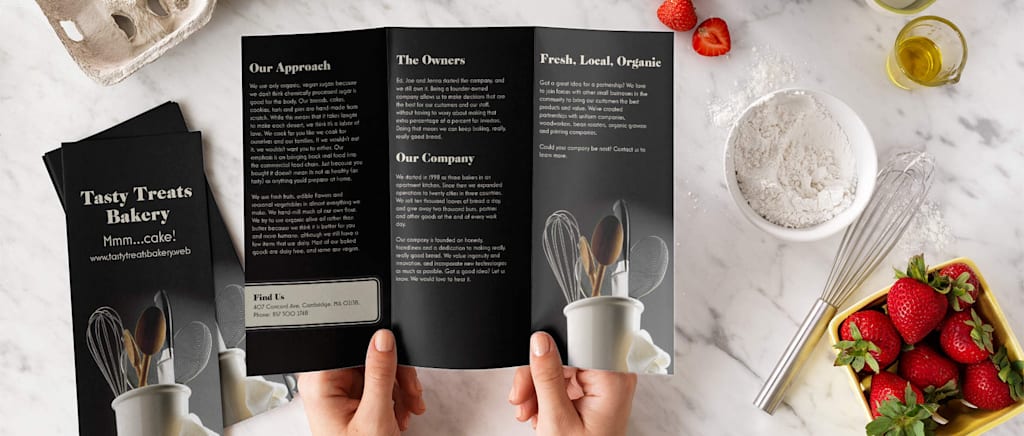In the competitive world of marketing, producing visually captivating brochures can make all the difference. Understanding photo quality brochure printing is essential for businesses striving to achieve excellent results. This article will explore the intricacies of achieving high-quality print and the steps required to ensure brochures leave a lasting impact.

Why is Quality Important in Brochure Printing?
Brochures are often the face of a brand, and their quality speaks volumes. Potential clients perceive the professionalism of your business through your marketing materials. Therefore, achieving photo quality brochure printing helps establish trust and credibility in your brand’s image.
Choosing the Right Paper Stock
Picking the correct paper stock is crucial. Heavier stocks add a premium feel, while finishes such as gloss and matte affect the visual appeal of the images. You can explore more about glossy brochure options on New Printing Era.
The Role of Color Accuracy
Maintaining color accuracy ensures images appear vibrant and consistent. This usually involves understanding CMYK and RGB color models and how they translate from screen to print.
Understanding CMYK vs RGB
CMYK is used for physical printing and requires specific calibration to ensure colors appear true to life, unlike RGB, which is optimized for digital screens.
Optimal Resolution for Images
Images should be of high resolution for pristine print clarity. A minimum of 300 DPI (dots per inch) is recommended to avoid pixelation.
Impact of Low Resolution
Using images below the recommended resolution can lead to blurry or unprofessional-looking prints, damaging your brand perception.
Utilizing Professional Design Software
Software like Adobe InDesign or Photoshop allows meticulous control over design elements, essential for achieving photo quality brochure printing.
Benefits of Professional Design Tools
These tools provide features such as color correction and layout precision that amateur tools fail to offer. Check out tools guidance on Print Place.
Importance of Good Typography
Typography plays a key role in readability and aesthetic appeal. Choosing the right fonts complements the overall design of the brochure.
Emphasizing Visual Hierarchy
A well-organized design helps guide the reader’s eye through the material efficiently, highlighting key information and calls to action.
Seeking Professional Printing Services
Professional printing services ensure that all design elements translate accurately from digital to physical medium, crucial for achieving photo quality brochure printing. For more info, visit the reliable brochure printing hub.
Frequent Printing Issues and Solutions
Identifying common printing problems like smudging or misalignment and knowing how to rectify them is vital for maintaining quality.
Handling Smudges and Misalignments
Knowing how to adjust equipment settings or paper feeds can prevent many of these issues.
Photo Quality Brochure Printing Best Practices
By adhering to industry standards and best practices, organizations ensure that their brochures resonate well with the target audience. Explore industry insights at product launch brochures for more inspiration.
Measuring Return on Investment (ROI)
Determine the efficacy of your brochures by tracking metrics such as response rates and customer engagement.
The Future of Brochure Printing
With advancements in technology, the future of printing promises even higher quality outputs and dynamic interactive designs.
Trends to Watch
Stay ahead by watching for emerging trends such as eco-friendly materials and personalized print runs. Check out whats new in small batches by visiting small quantity printing.
Tips for Sustainability in Printing
Consider sustainable practices by choosing recyclable materials and inks.

Frequently Asked Questions
What paper type is best for photos in brochures?
For sharp images, high-gloss paper is most effective, but the choice can depend on the desired finish and budget.
How does image resolution affect brochure quality?
Higher resolution images ensure clearer, more professional visuals. Hence, aiming for 300 DPI is recommended.
Is professional printing necessary for quality brochures?
While it is possible to print brochures in-house, professional services provide superior quality and expertise that may not be present with everyday office equipment.
This article contains affiliate links. We may earn a commission at no extra cost to you.






